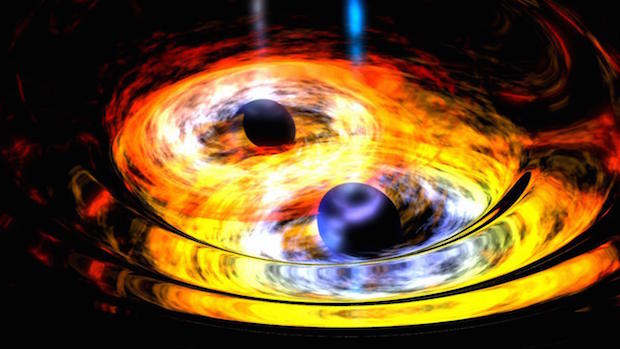Gravitational Waves (GWs) were predicted by Einstein's Theory of General Relativity as ripples in spacetime that propagate outward from a source. Strong GW sources consist of compact binary systems such as Binary Neutron Stars (BNS) or Binary Black Holes (BBHs) that experience orbital shrinkage (inspiral) and eventual merger. Indirect evidence for the existence of GWs has been obtained through radio pulsar studies in BNS systems. A study of BBHs and other compact objects has limitations in the electromagnetic spectrum, therefore direct detections of GWs will open a new window into their nature. The effort targeting direct GW detection is anchored on the development of a detector known as Advanced LIGO (Laser Interferometer Gravitational Wave Observation). Although detecting GW sources represents an anticipated breakthrough in physics, making GW astrophysics a reality critically relies on our ability to determine and measure the physical parameters associated with GW sources. We use Markov Chain Monte Carlo (MCMC) simulations on high-performance computing clusters for parameter estimation on high dimensional spaces (GW sources - 15 parameters). The quality of GW parameter estimation greatly depends on having the best possible knowledge of the expected waveform. Unfortunately, BBH GW production is very complex and our best waveforms are not valid across the full parameter space. With large-scale simulations we examine quantitatively the limitations of these waveforms in terms of extracting the astrophysical properties of BBH GW sources. We find that current waveforms are inadequate for BBH of unequal masses and demonstrate that improved waveforms are critically needed.
